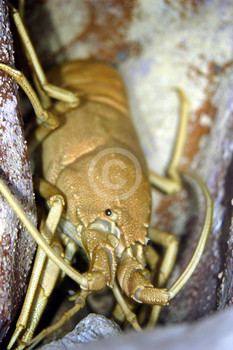I don’t drive, and am almost wholly ignorant about cars. Certainly, other than a couple of iconic designs such as the VW Beetle and the Mini, I cannot tell one make of car from another. Thus it was, and remains, inexplicable to me how my eldest son, when tiny, eagerly announced the name of every car he saw. He was two or three years old at the time, not yet able to read, but when we went for a walk, he would point at each parked car we saw along a street, piping up its name. Other than his mispronunciation of “Ford Sierra” as “Fonsierra”, he was unerringly correct. Eventually, he stopped doing this, and moved on to other childish things, straightforward and unremarkable. One’s own child is never unremarkable, of course, but I mean to say that the talents he developed and displayed were not what Charles Fort would have described as “wild talents”, such as that somehow eerie, pre-literate knowledge of cars. Where did it come from?
I had more or less forgotten about this as the years passed, until this morning, when I read:
we moved back to Paris, and there I have, on my father’s authority, a story about people standing him drinks at the café while I entertained the clientele by identifying the marque of each car as it passed on the boulevard: “Renault! Peugeot! Citröen! Simca!” I haven’t evinced any savant talents since, but apparently at two I had this precocious knack – of cars only, French cars in particular.
That is Peter Blegvad, reminiscing in The Bleaching Stream (Journal of the London Institute of ‘Pataphysics, Number 3, Absolu 139). It is precisely the same case as my son – the infant savant, privy to a body of knowledge without apparent provenance, displayed for a brief period when very young. Is this more common than I thought?





